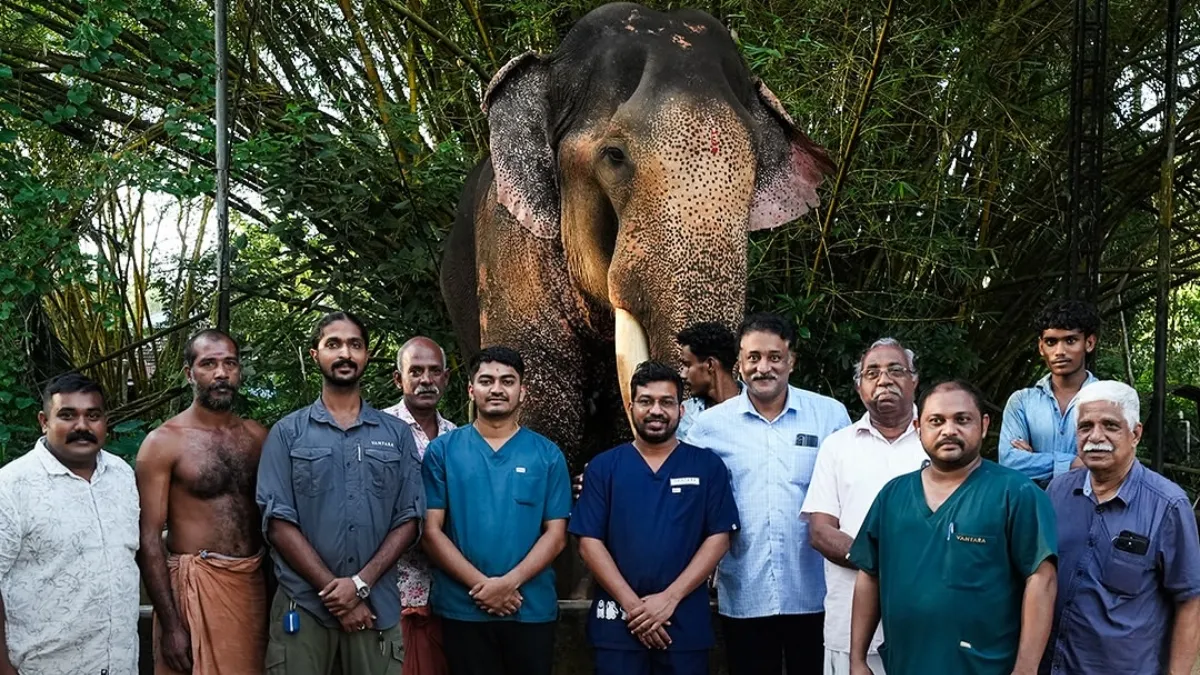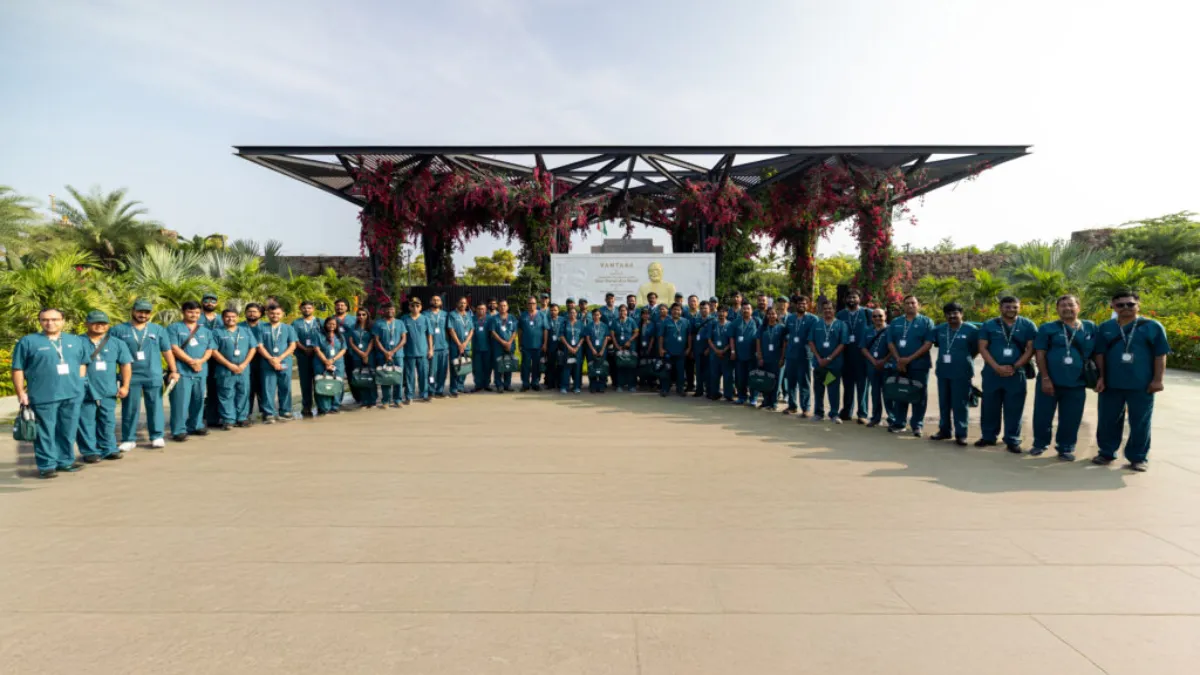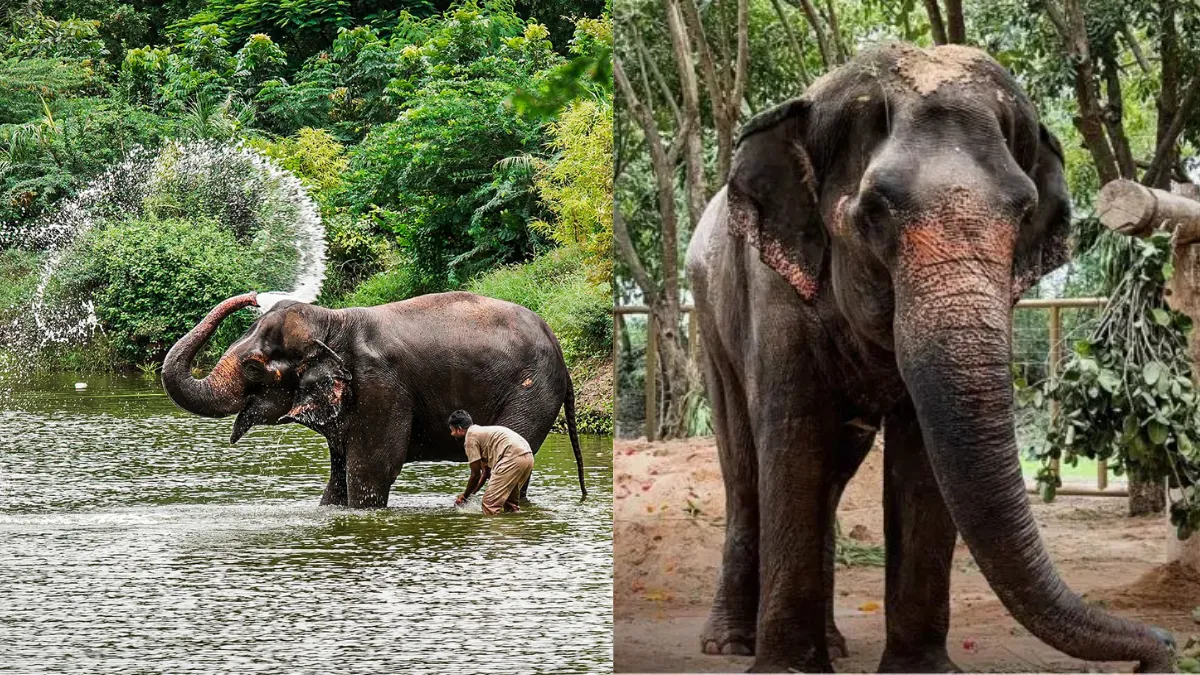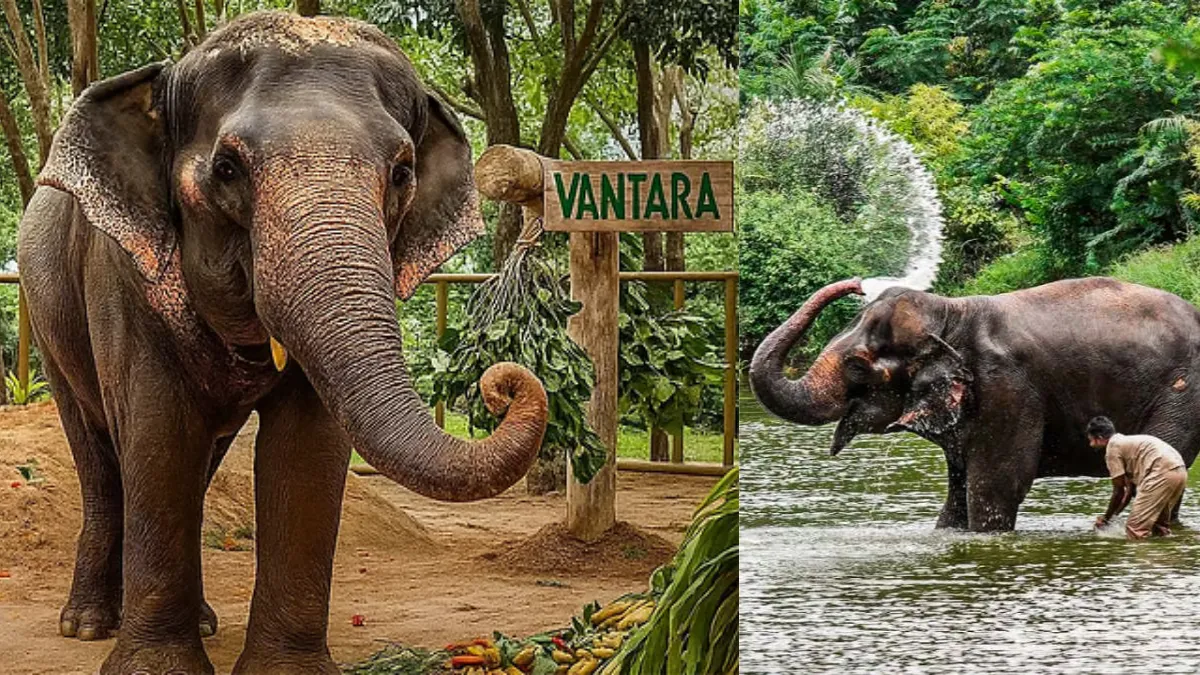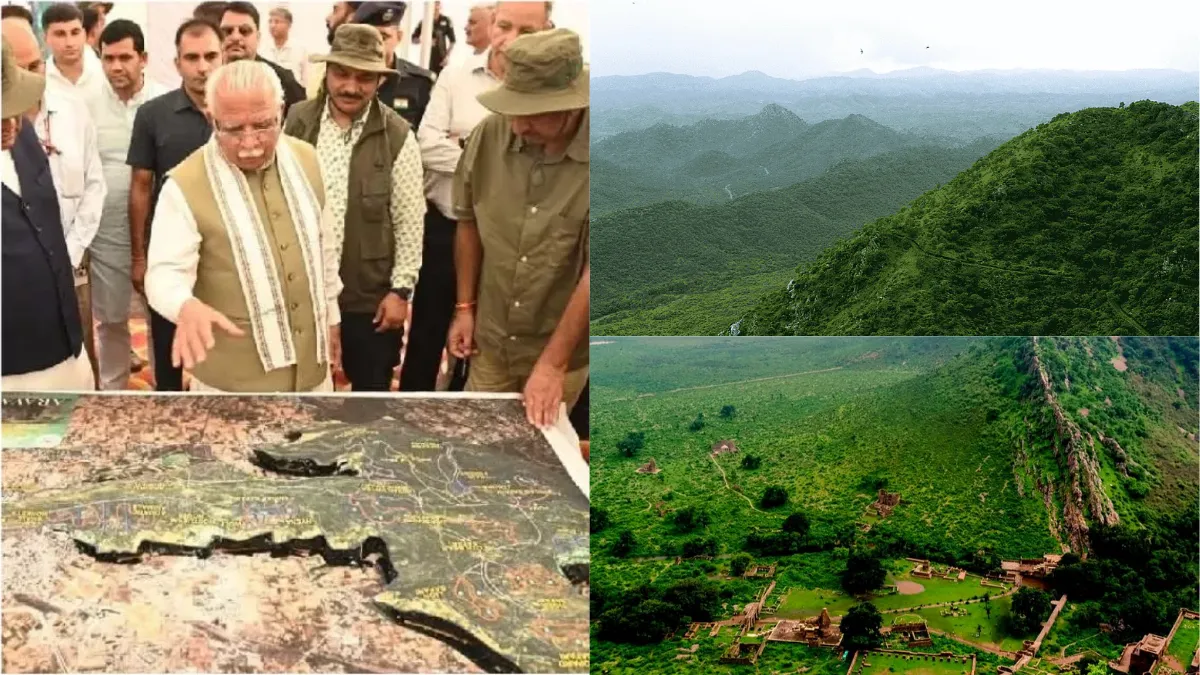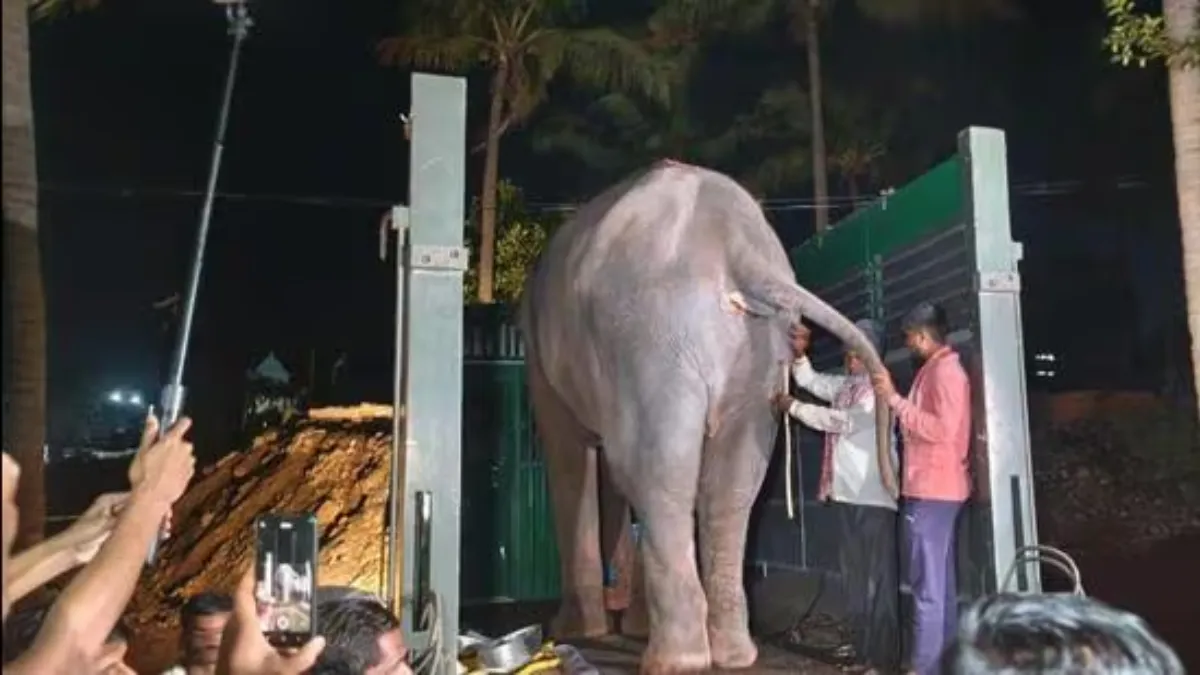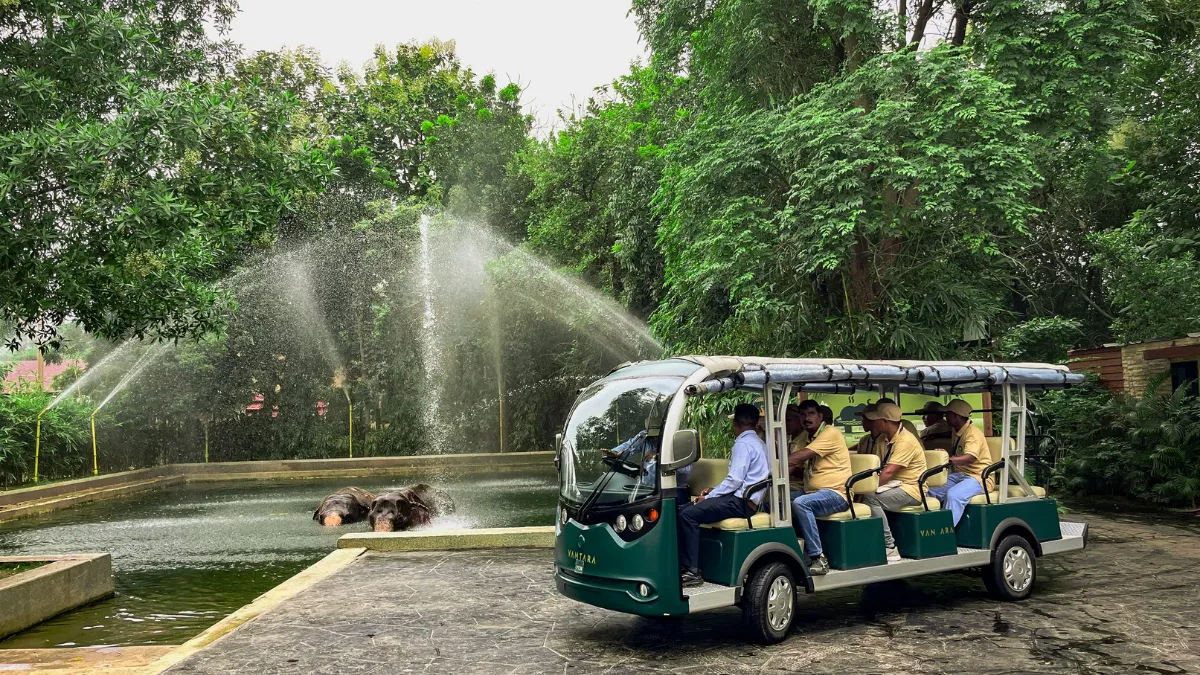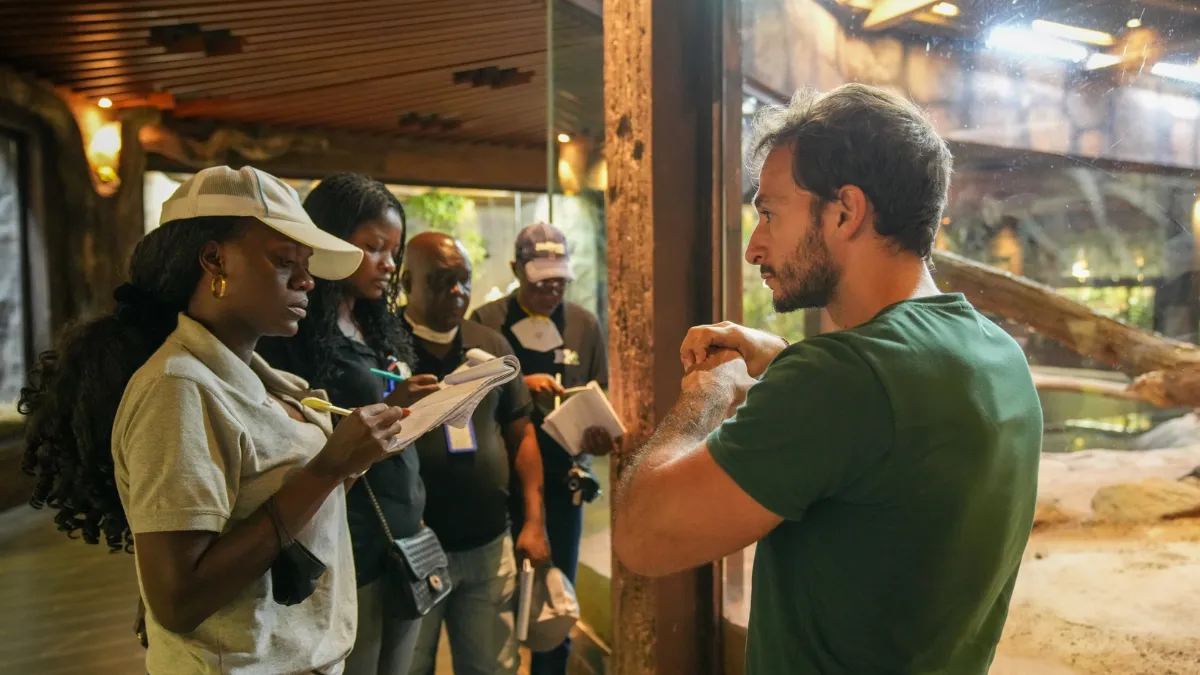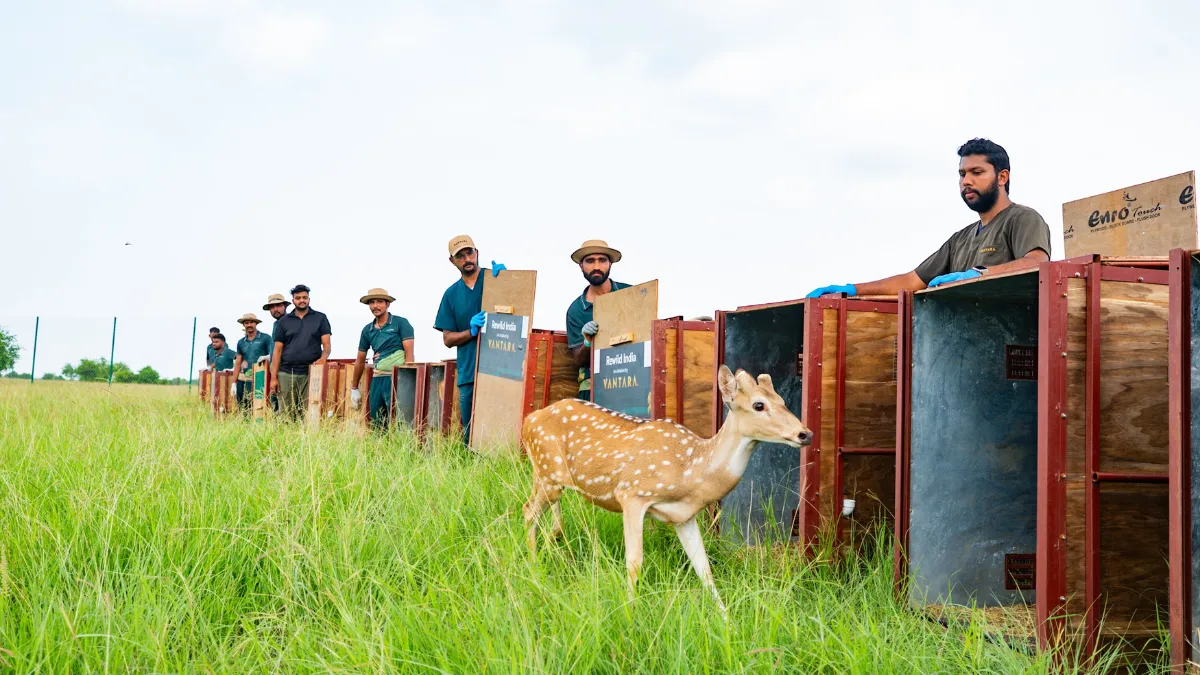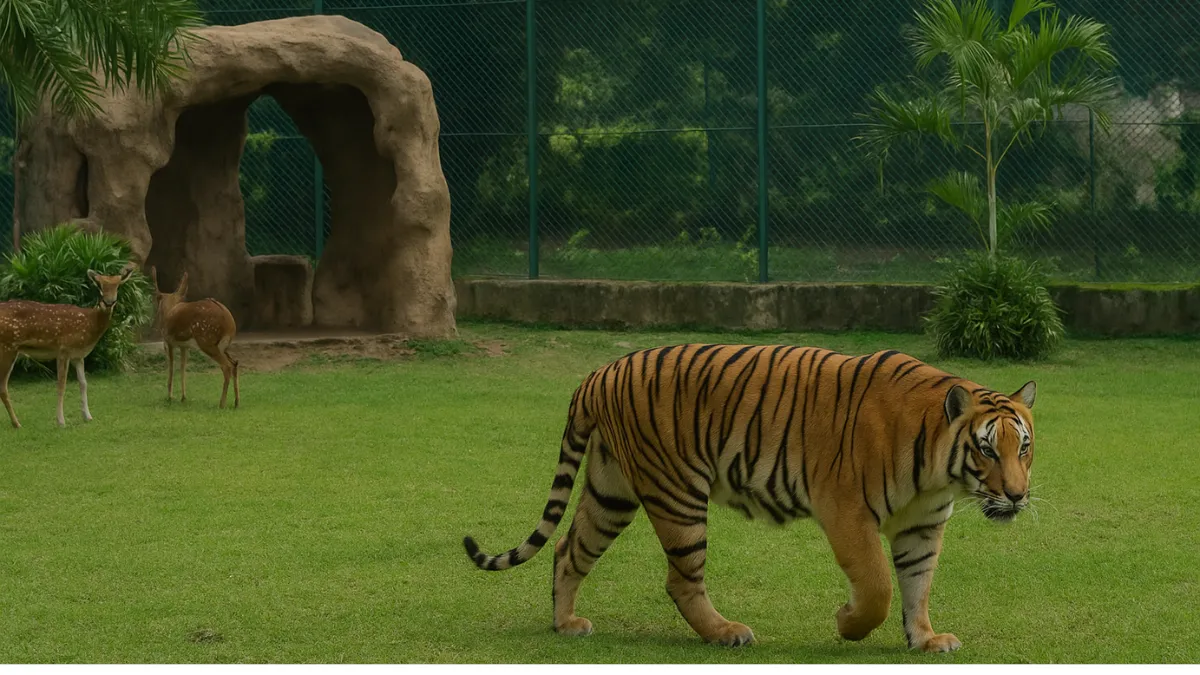MP Tiger Gene Mapping Vantara: The Madhya Pradesh government is preparing to sign an agreement with Vantara Wildlife Rescue Centre, located in Jamnagar, Gujarat, to carry out gene mapping of wild tigers in the state. Officials say this step will help identify tigers involved in human-animal conflicts and improve conservation efforts.
Why Gene Mapping is Needed
Madhya Pradesh is known as the tiger capital of India. According to the latest 2024 tiger census, the state now has 785 tigers, up from 526 in 2019. With this rise, human-tiger conflicts have also increased by nearly 40% over the last five years.
One of the biggest problems faced by forest officials is identifying the tiger responsible for an attack. “Right now, no state in India has any advanced technology to do this. Most of the time, we rely on camera traps, but they can make mistakes,” said a senior IFS officer.
What Will Vantara Do?
Vantara, which is already known for its modern wildlife rescue and scientific research work, will provide its expertise in genetic science. The plan is to collect saliva or hair samples from the attack site and match it with the tiger DNA database through gene mapping. This will help forest officials identify the exact tiger involved in a human conflict.
Also read: Haryana CM Nayab Singh Saini and Minister Rao Narbir to Visit Vantara Project on June 7 and 8
“We are taking help from Vantara’s scientists and also bringing in tiger experts from around the world,” said Ashok Varnwal, Additional Chief Secretary (Forest). “This will help in better conservation, research, and even in tiger relocation.”
New Rescue Centres in Ujjain and Jabalpur
A team of senior forest officials from MP recently visited Vantara on the instructions of Chief Minister Mohan Yadav. They are also planning to open two new wildlife rescue centres in Ujjain and Jabalpur. The project has received initial approval from the Central Zoo Authority (CZA). Work will begin after getting final permissions from the CZA and Supreme Court.
How Gene Mapping Will Help Conservation
Another senior forest officer said, “Gene mapping will also be used to track tigers that are sent to other states like Odisha, Rajasthan, and Uttar Pradesh to improve the tiger gene pool. This is important to reduce inbreeding and maintain healthy tiger populations.”
Also read: Vantara Wildlife Initiative Hosts International Wildlife Training for Congo Delegates in Gujarat
Gene mapping helps scientists understand which tigers are related, how diverse their genes are, and how to plan safe relocation. This kind of information is very important for protecting the species in the long term.
Questions and Concerns Raised
However, not everyone is fully convinced. A Mumbai-based big cat expert said, “This will be a big step if done properly, but collecting and updating the gene data of all tigers is not easy. Around 50–60 tigers die every year, and new ones are born. Keeping the gene database updated will be a huge challenge.”
Wildlife activist Ajay Dubey also questioned the idea. “How will a rescue centre or zoo help in tracking wild tigers? This project will be very costly. We already have scientists from the Wildlife Institute of India (WII). Why not involve them?”
Vantara Yet to Respond
Officials from Vantara have not made any public comment yet. They have said that they will issue a formal statement after the MoU (Memorandum of Understanding) is officially signed.



